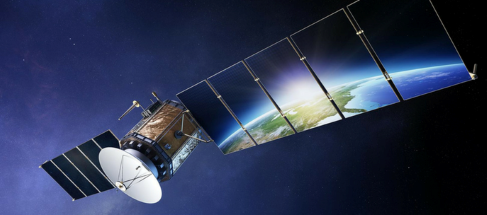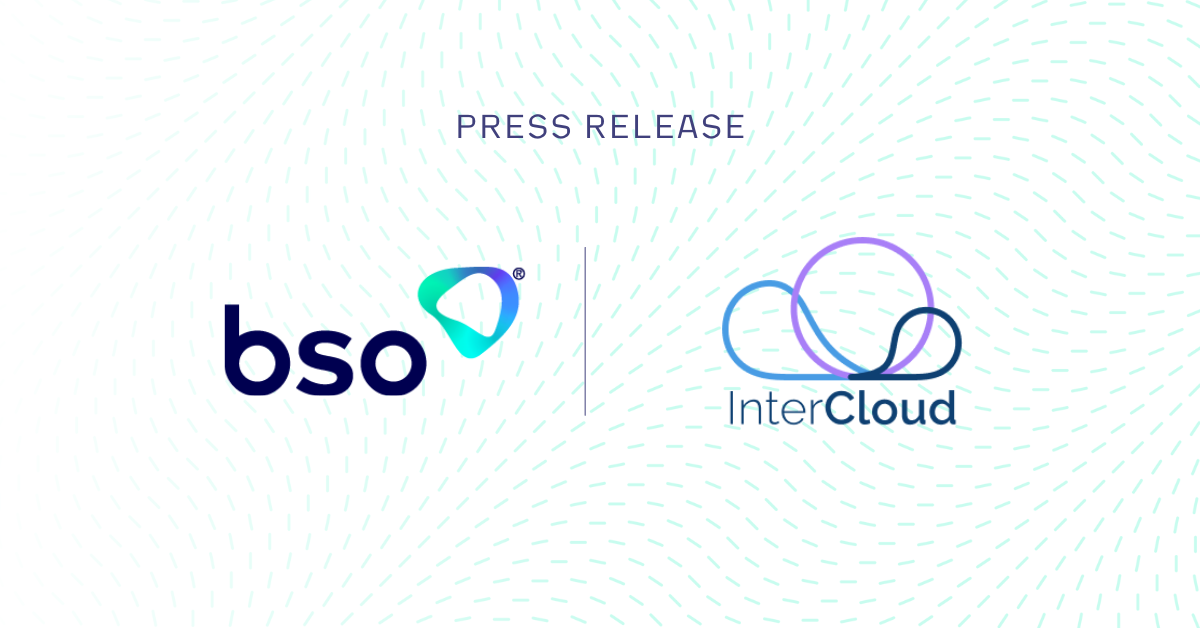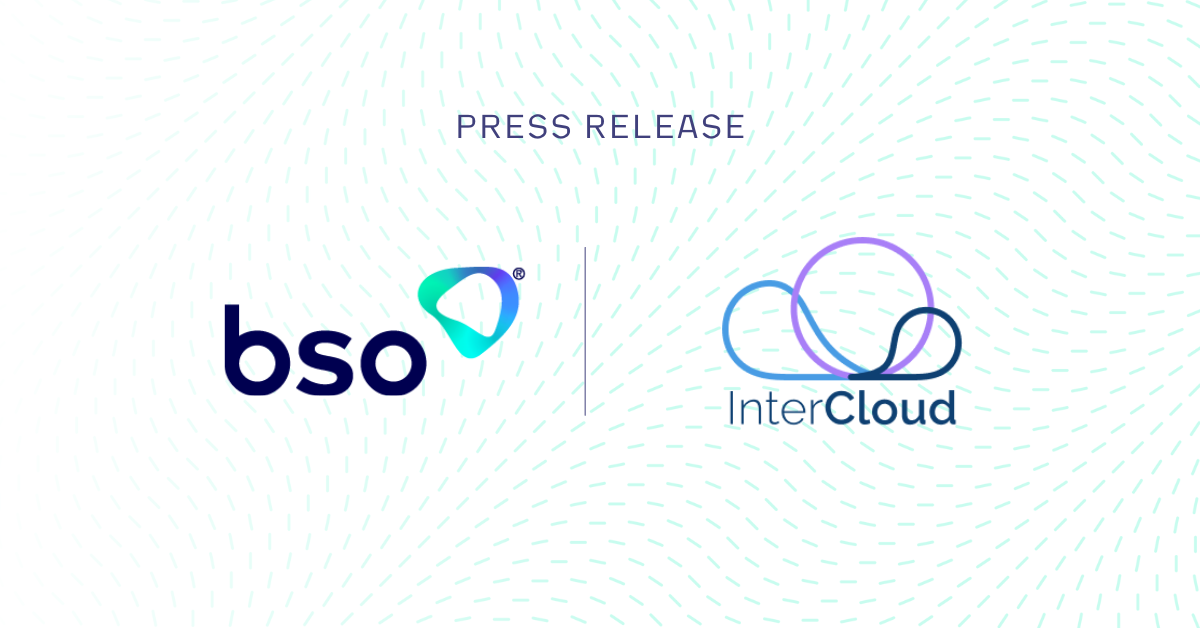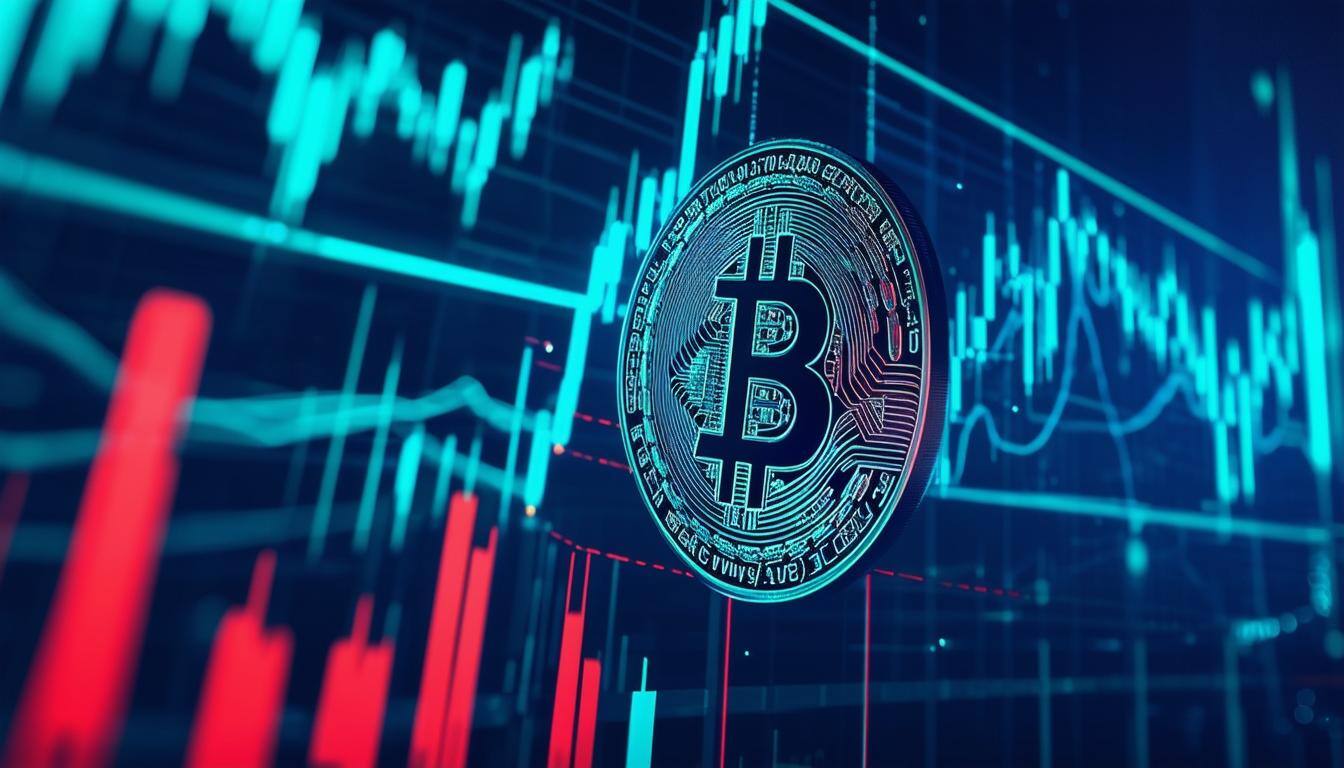LOW-EARTH ORBIT SATELLITES (LEO): THE FUTURE OF ELECTRONIC TRADING TECHNOLOGY?

Our key technology takeaways from The Trading Show in Chicago
The investment and growth in technology is continuing to accelerate at a very fast pace for trading organisations.
Our CEO, Michael Ourabah, joined the ‘Ultra-low latency connectivity – how is the game of speed changing in today’s automated trading environment’ panel alongside Ryan Eavy, Executive Director – Architecture at CME Group, Sean Mirsky, Chief Executive Officer at ZNES Group and Andrew Curto, Director of Strategy & Research at G2 Trading.
Here are the highlights of their discussions at The Trading Show in Chicago.
One of the most progressive developments – low-earth orbit satellites (LEO) – was discussed at length. Sean Mirsky is the founder and CEO of ZNES Group, which invests in development opportunities that typically connect space commerce with trading. He co-led the global microwave network efforts at Jump Trading and was an infrastructure specialist at Infinium Capital Management and Goldman Sachs.
Now focusing on making LEO the infrastructure choice for finance and trading, Sean kicked off the discussions, “Space commercialisation is the new concept that the industry has been investing in, and we see the initial adopters being high frequency traders.”
Despite LEO technology being perceived as the one to watch, BSO’s Michael Ourabah and G2 Trading’s Andrew Curto agree that LEO will not take over as the one and only method of transferring data, as Michael explains:
“I think microwave, millimetre wave and fibre technology all complement each other, and it is clear that LEO satellites are the next-generation of connectivity, how that can be applied to high-frequency trading remains a big question mark.”
G2 Trading is a proprietary trading firm based in Chicago which places high importance on employing cutting-edge technology tools to continually grow its trading business in the listed equity, options, and futures markets.
Andrew Curto of G2 Trading offers his take on the technology “From a trading perspective, it’s about moving more and more unique data sets, how much data can you get that maybe someone else isn’t necessarily looking at, and one of the things you have to balance with that is the amount of bandwidth needed.
So, to me, it’s more about how you balance using all of the above in the most cost-effective way and [finding] the best way to communicate around the world.”
Bandwidth demands are increasing by the day and Michael highlighted the limitation on bandwidth as one of the downfalls of LEO satellites, which is why he believes that:
“Fiber, of course, is never going away, considering the large amount of bandwidth and availability that it provides and looking at all the diversity that exists which support [traders’] position[s] in case of an incident.”
And of course, this is true. It is difficult to imagine a future where we abandon fiber altogether for LEO, and certainly in the mid-term – as with current microwave connectivity – a hybrid of solutions will be required to deliver on both speed and reliability.
Whilst LEO does have benefits and limitations for the finance industry, Sean sees it playing an even larger role outside of finance:
“There is a new kid in class, and his name is LEO. Whilst I see the initial adopters being high frequency traders, I see us paving the way for the rest of the commercial markets in general to use this and I think we’ll certainly knock some doors down.”
Whist the race to zero continues, high frequency traders continue to search for competitive speed advantage whilst ensuring that their costs and service levels are maintained. With that in mind, we’ll have to keep a close eye on the early adopters to see how their trading strategies can be affected by the technology.
Who knows how the world will be communicating in 5, 10, 15 years’ time, from electronic trading to streaming live video on our phones – is it all achievable via LEO satellites?
Our network is designed using the very best technology available today to support the global finance community, get in touch to find out more.
ABOUT BSO
The company was founded in 2004 and serves the world’s largest financial institutions. BSO is a global pioneering infrastructure and connectivity provider, helping over 600 data-intensive businesses across diverse markets, including financial services, technology, energy, e-commerce, media and others. BSO owns and provides mission-critical infrastructure, including network connectivity, cloud solutions, managed services and hosting, that are specific and dedicated to each customer served.
The company’s network comprises 240+ PoPs across 33 markets, 50+ cloud on-ramps, is integrated with all major public cloud providers and connects to 75+ on-net internet exchanges and 30+ stock exchanges. The team of experts works closely with customers in order to create solutions that meet the detailed and specific needs of their business, providing the latency, resilience and security they need regardless of location.
BSO is headquartered in Ireland, and has 11 offices across the globe, including London, New York, Paris, Dubai, Hong Kong and Singapore. Access our website and find out more information: www.bso.co
SALES ENQUIRY
Get in touch now. Find out how we can transform your business_
You might be interested in_
THE BSO DIFFERENCE
The industries we work across_





/Revolutionising-Connectivity%20BSOs-Tailored-Cloud-Solution-for-CryptoStruct-GmbH.png?width=1050&height=550&name=Revolutionising-Connectivity%20BSOs-Tailored-Cloud-Solution-for-CryptoStruct-GmbH.png)
/6%20Cloud%20Best%20Practices%20for%20Financial%20Technology%20Companies.jpg?width=1200&height=600&name=6%20Cloud%20Best%20Practices%20for%20Financial%20Technology%20Companies.jpg)








